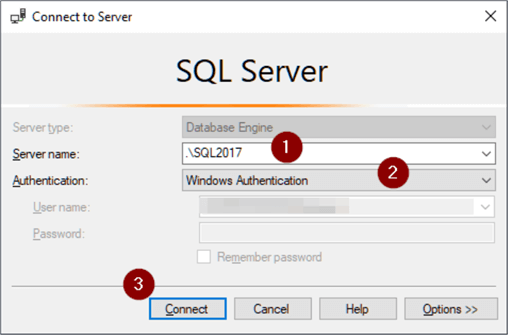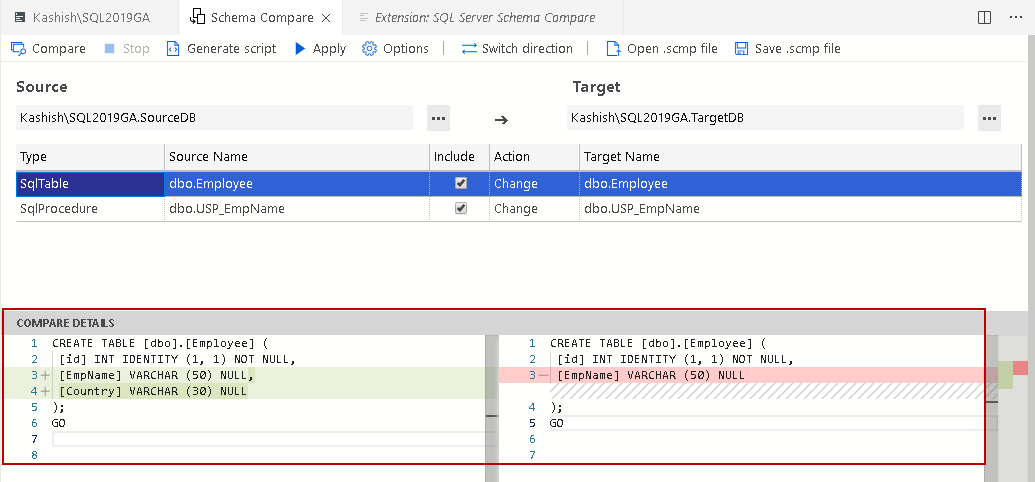

In this example, we’ll be using SysTools SQL Database Recovery.
#Sql studio take offline manual#
If both manual methods do not recover the database from its pending recovery state, the next best option is to leverage the aid of a SQL recovery tool. LTER DATABASE SET EMERGENCY ĮXEC sp_attach_single_file_db = ‘’, = N'’ Using SysTools SQL Database Recovery If the steps above didn’t work, try these next. This can help resolve SQL recovery pending issues as well as provide a clean log file if the current log is corrupted or inaccessible. The next method disconnects the database and then reattaches it again. ALTER DATABASE SET EMERGENCY ĭBCC CHECKDB (, REPAIR_ALLOW_DATA_LOSS) WITH ALL_ERRORMSGS

If successful, this will bring the database into an accessible state and automatically transition out of EMERGENCY mode. The steps below will force the database into an EMERGENCY state and force a repair command. Before making any changes to the database make sure you take a complete backup and move it to another server. There are a few ways we can attempt to identify and fix what is causing the recovery pending error. If you’re having problems verifying that the state of your database has changed, you can check the current state by selecting state description ( state_desc) while in catalog view, or check the Status property under the DATABASEPROPERTYEX function. The database is unavailable in this state. Missing files or system resource issues could be preventing the recovery from completing. RECOVERY PENDING – The server has encountered an error during the recovery process.This state is primarily used for troubleshooting and manual recovery processes.

#Sql studio take offline Offline#
The database will remain offline until it is manually brought back online. OFFLINE – The database is inaccessible and offline due to action taken by the user.ONLINE – This is the normal healthy state of the database and indicates that files are accessible to users.The primary states of a database are as follows:

Heavily damaged databases are normally found in numerous inconsistent states, where the primary files of the database are unable to function.Įven if your SQL database is stuck in a ‘recovery pending’ state, it’s important to know the additional states in case it changes during the repair process. There are a number of different types of states a database can be in. Unexpected shutdowns, faulty memory, and limited storage can cause issues with the transaction log file that result in a pending state. Corruption in the log file is a common cause for a pending recovery status. However, if memory resources are stretched too thin, this can cause problems in the database file and result in a ‘recovery pending’ error. SQL servers can utilize caching and buffer pools to operate on limited memory. Similar to power failure, this causes an improper shutdown of the live database that often leaves queries and modifications in a broken, half-completed state. This sudden loss of connectivity can cause database issues if data was practically written and then interrupted. Loss of power can leave the database in a recovery state if data was being written to a row. If your database is stuck in a ‘recovery pending’ state, there are a few things that could have caused this. What causes a SQL Server recovery pending state?


 0 kommentar(er)
0 kommentar(er)
